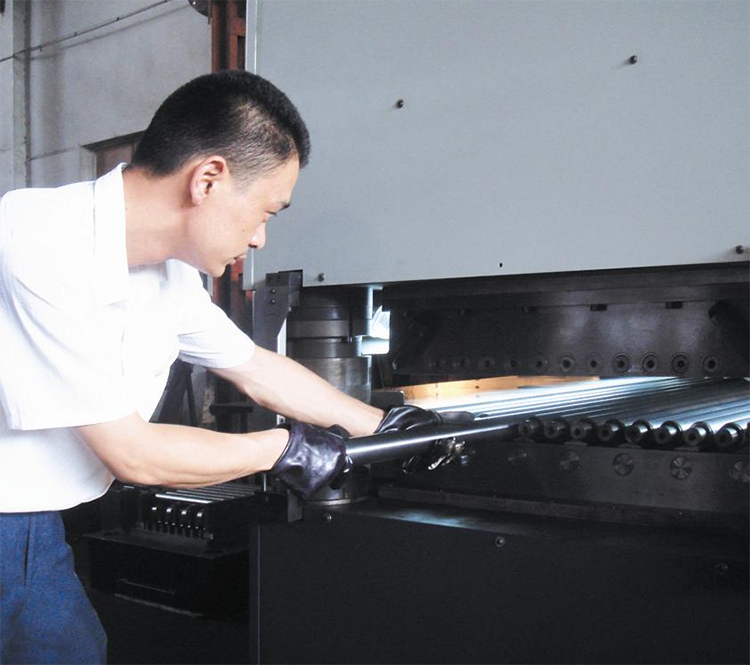Why leveling?
Each metal sheet has more or less internal stress and flatness defects, which are caused by residual stress formed during material manufacturing, handling, and transportation, mechanical cutting or thermal cutting, temperature changes, etc. These internal stresses and flatness defects will have adverse effects on subsequent processing, resulting in increased rework and scrap rates, so it is necessary to use external forces to remove the internal stress of the product to obtain tension-free products, which is particularly important for improving the fatigue life of the metal.
Note: When an object is deformed due to external factors (force, humidity, temperature field changes, etc.), the internal forces that interact with each other are generated between the parts of the object. The internal force per unit area is called stress.
In laser/plasma cutting, welding, bending, punching, grinding, polishing and other processing processes, as well as palletizing, handling and other transportation processes, places involving heat and deformation need to be leveled, so precision sheet leveling machines are an indispensable part of metal processing and assembly processes. It is usually used before these processes.
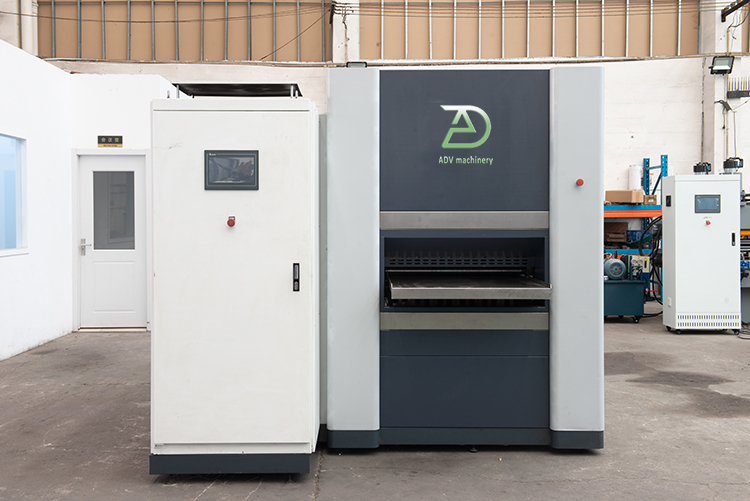
ADV LG series roller leveler can effectively prevent these problems. It can accurately and quickly level the sheet metal required for downstream processes.
1. Laser cutting line and Cut to length
To ensure the consistency of the coil sheet after laser cutting or cut-to-length
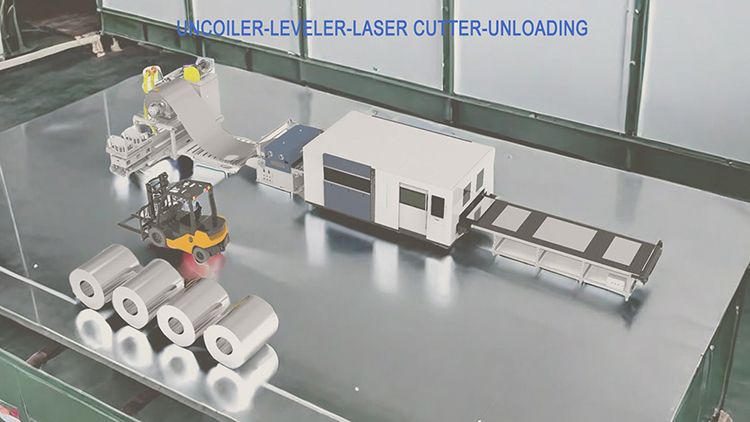
2. Efficient welding
Leveled parts speed up both automated and manual welding processes because the material is leveled and the weld gap is more constant
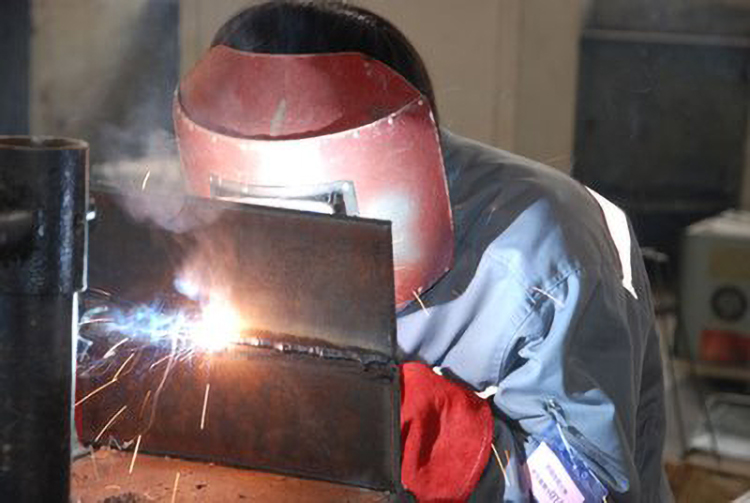
3. Folding/rolling
The flattened material is mechanically bent using a CNC press brake machine, which allows for the highest precision and quick results.
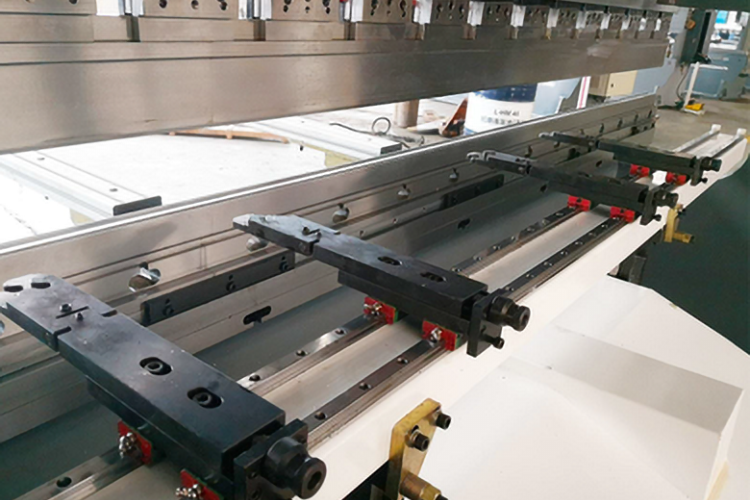
4. Precision assembly
Leveling ensures adequate contact between assembly surfaces, thereby improving the stability and reliability of the assembly. If the surface is not flat, it may cause gaps between the assembly parts and affect the quality of the connection.
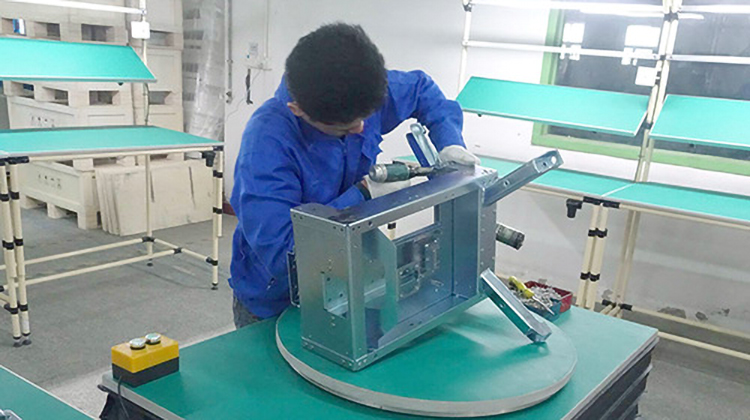
When choosing a roller leveler, it is important to pay close attention to user-friendliness. This also applies, for example, to maintenance. A quick-change system for leveling and support rollers significantly enhances and speeds up cleaning.
